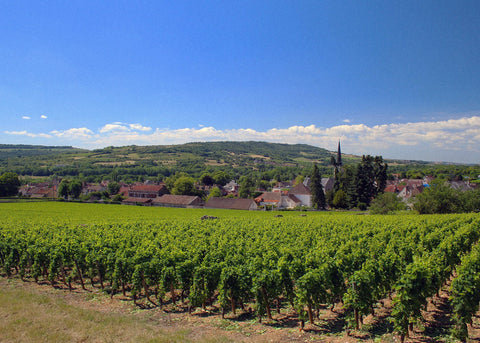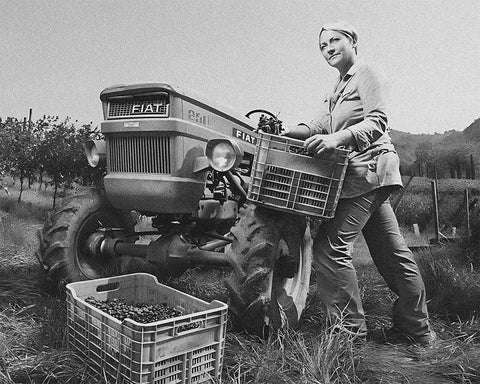Buying organic is a no-brainer for millions of people across the country. An ever-increasing level of attention is paid not only to what we put in our body but more generally what we buy.
Ethical, sustainable, artisanal, hand-made, and small-production are attributes we often look for when purchasing products, not only food products. Why then do a vast majority of us not stop to wonder and reflect on what’s in a bottle of wine? Why don't we hold the same standards for our wine as we do for other things we purchase as conscious consumers?
We can only try our best in answering this paradoxical question. Maybe it has to do with the very nature of this beverage: we all know alcohol is only good for us in moderate quantities and we mainly drink wine for pleasure, giving it an "indulgence pass.” Perhaps the search for a healthier alternative is not the main priority when choosing a wine - "As long as it's good, who cares?"
Despite the diffusion and ever-increasing popularity of Bacchus’ favorite drink, the content and production methods of wine are less known to most of us than those of other foods. Sure, it definitely doesn't help that alcoholic beverages are the only food products for which there is no legal requirement to declare ingredients on the label - with the exception of common allergens such as sulfites, casein or albumin.
If we were to ask how wine is made to a room full of people, the predominant response would be "fermented grape juice." This formula for making wine is the way many consumers believe wine is still made today. But the truth is that in conventional winemaking, a long list of substances are added to a wine before it ends up in our glasses.
In the US, according to the Alcohol and Tobacco Tax and Trade Bureau, 62 additives are allowed in winemaking, and in Europe, the number is 63. Common additives are industrial yeasts and sweeteners to tailor the taste profile of a wine, and SO2 to protect the wine; others include acetaldehyde (for color stabilization), ammonium phosphate (as a yeast nutrient), aluminosilicates (for clarification and stabilization) and nitrogen gas (to prevent oxidation).
Some of these substances actually do not remain in the wine (they may be used during the winemaking process and ultimately removed), whereas others leave traces in the final product, substantially altering it. Of course quality plays an important role here: the most manipulated wines are usually low priced, mass-produced wines, where a mediocre product is covered up with additives and packaged in bottles or boxes that give the appearance of small-scale artisanal production.
High-end producers, on the other hand, work with better, healthier grapes yielding higher quality wine from the beginning and therefore – generally speaking – add fewer substances. At the far end of the spectrum, we have natural winemakers who add little to none substances whatsoever. As we have seen in our piece on natural wine, the natural wine world is also a response to the increasing obscurity around the actual ingredients in wine.
But the current discussion regarding wine ingredients is not only limited to the natural wine world: on March 12, 2018, the EU alcoholic beverages industry presented a joint self-regulatory proposal motivated as follows:
"The wine sector strongly supports the collective agreement between the alcoholic beverage sectors as set out in the common self-regulatory proposal. We look forward to applying its provisions in a manner that provides consumers with meaningful information on both nutrition and ingredients".
There is, in other words, a wider movement pushing for more transparency also in conventional winemaking. However, until similar decisions are implemented and enforced, conventional wine production will continue to be a mysterious place for wine drinkers. Romantic from one perspective – wine made following a secret recipe which you will never have – but rather outdated from the point of view of modern consumers looking for transparency.
Author: Sara Nässén ©










